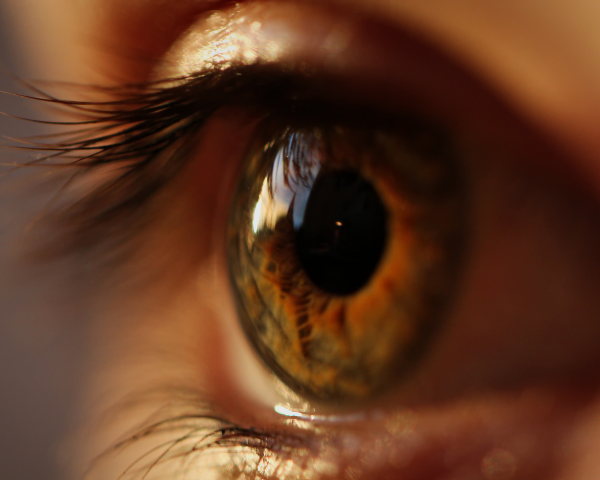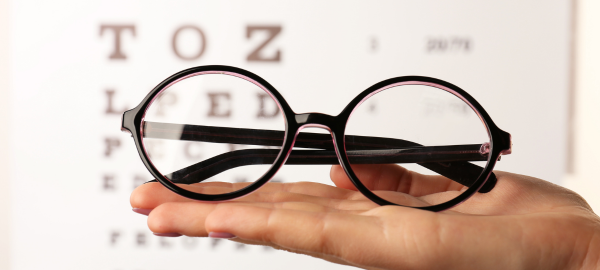What Prescription Is Legally Blind?
Ask our optical dispenser
Your request was successfully submitted!

People are often confused about the definition of legal blindness, how to understand if an individual is legally blind, and how that differs from being completely blind.
Whether or not your prescription is considered to be legally blind can affect a vast range of things: from your ability to obtain a driver’s license to tax exemptions and insurance or disability benefits. Because of the enormous impact this can have on your life, it is crucial to understand what it means.
What does legally blind mean?
Complete blindness differs from one individual to another: some can see light, while others can have visual acuity in some parts of their field of vision. Visual acuity refers to the clarity of vision and how clearly an individual can see.
Contrary to what most people believe, blind people don’t see darkness or anything at all. Now, you may be asking yourself if completely blind people are considered legally blind. The answer is yes, but the definition of legal blindness is more complex than that.
It extends to individuals that can see but have extremely low visual acuity and, for that reason, have many limitations regarding their daily activities, mobility, and employment.
DID YOU KNOW?
If a person is legally blind, they are eligible for certain benefits such as job training or disability allowance.
How to test if you’re legally blind
To test your vision, your optician will make you look at a Snellen chart (a chart of mixed letters to read from a distance of about 20 feet). When completing the test, a result of 20/20 visual acuity means having perfect vision and seeing any object (or letter) clearly from 20 feet away.
Having 20/200 or less visual acuity means being legally blind. Simply put, the largest letter on the Snellen chart corresponds to 20/200 vision. If someone cannot read that correctly, that means they have 20/200 or less visual acuity, and they are to be considered legally blind.
Your optician may also give you a visual field test. During this test, you may be considered legally blind if your peripheral vision is about 20° or less. Once you’ve taken these tests, you may need help reading your prescription. If your prescription is -2.5 or lower, you are legally blind, as visual acuity of -2.5 is equivalent to 20/200 vision.
Another thing to consider when having 20/200 or less visual acuity is whether or not it can be improved with contact lenses or glasses. If you have 20/200 visual acuity that improves by wearing prescription glasses or contacts, you are not considered legally blind.
Is 20/80 vision legally blind?
Most countries agree on the definition of legal blindness; however, laws may differ regarding the minimum visual acuity required to obtain a driver’s license. Some countries require 20/80 visual acuity to be able to drive.
Does having 20/80 or less visual acuity mean being legally blind? No, as that restriction only regards driver’s licenses.
If you have more questions regarding your visual acuity, head to our optical centre and find out more from our opticians, or if it has been a while since your last appointment and you’re struggling with your vision, speak to your eye doctor.
Related articles


Related articles







































